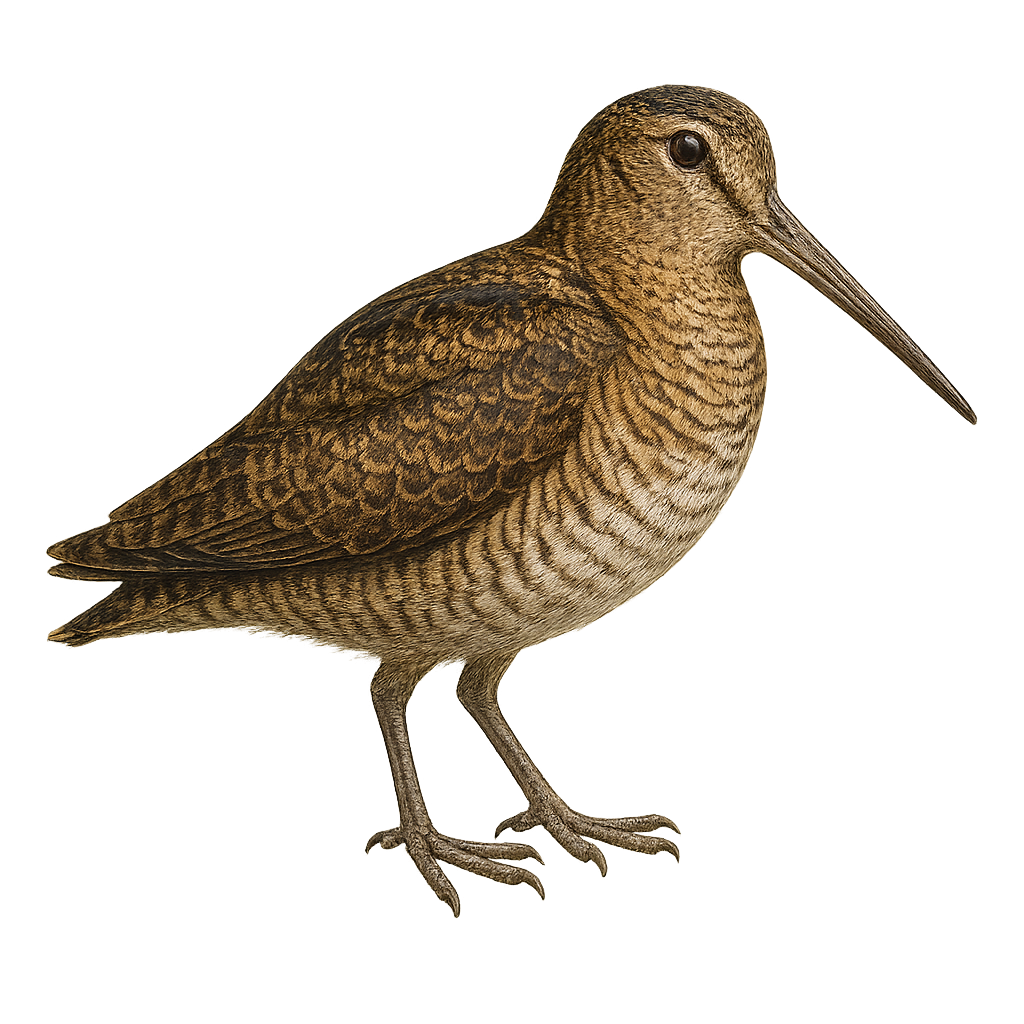Your wildlife photography guide.
Explore the rosenberg's woodcock in detail, study its behavior, prepare your shots.
Where to observe and photograph the rosenberg's woodcock in the wild
Learn where and when to spot the rosenberg's woodcock in the wild, how to identify the species based on distinctive features, and what natural environments it inhabits. The WildlifePhotographer app offers tailored photography tips that reflect the rosenberg's woodcock’s behavior, helping you capture better wildlife images. Explore the full species profile for key information including description, habitat, active periods, and approach techniques.
Rosenberg's Woodcock
Scientific name: Scolopax rosenbergii

IUCN Status: Least Concern
Family: SCOLOPACIDAE
Group: Birds
Sensitivity to human approach: Suspicious
Minimum approach distance: 10 m
Courtship display: April to May
Incubation: 21-23 jours
Hatchings: April to June
Habitat:
Dense forests, humid forests
Activity period :
Active at dawn and dusk, ideal moments for observation.
Identification and description:
The Rosenberg's Woodcock, scientifically known as Scolopax rosenbergii, is a fascinating bird belonging to the Scolopacidae family. It is characterized by its mottled brown plumage, which provides excellent camouflage in its natural habitat. This bird is primarily nocturnal and crepuscular, making it difficult to observe. It inhabits dense, humid forests, often at altitudes between 1000 m and 2000 m. The Rosenberg's Woodcock is known for its suspicious behavior, making it even harder to approach. It primarily feeds on invertebrates, which it probes from the soil with its long bill. Although its conservation status is not of concern, it remains a little-studied and mysterious species.
Recommended lens:
400 mm – adjust based on distance, desired framing (portrait or habitat), and approach conditions.
Photography tips:
To photograph the Rosenberg's Woodcock, it is advisable to use a telephoto lens of at least 400 mm to capture detailed images from a distance, given its suspicious behavior. Focus on crepuscular hours to maximize your chances of observation. Remain discreet and silent to avoid scaring it away. A tripod can be useful to stabilize your camera in the low-light conditions of dense forests. Be patient and prepared to wait for the perfect shot of this elusive and fascinating bird.
The WildlifePhotographer App is coming soon!
Be the first to explore the best nature spots, track rutting seasons, log your observations, and observe more wildlife.
Already 1 432 wildlife lovers subscribed worldwide

